This article below about U.S. President Ronald W. Reagan and the occult appeared in the January 2014 of Salon magazine. It tells how Reagan’s worldview was directly shaped by his reading of 33rd Degree Freemason and Gnostic thinker, Manly P. Hall.
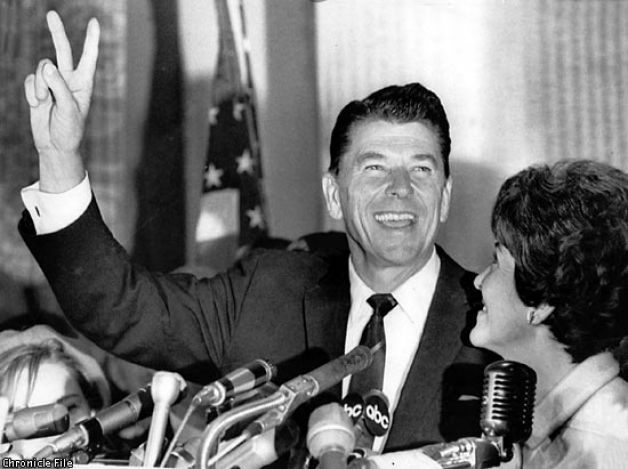
Hall’s epic masterpiece, “The Secret Destiny of America,” which describes how America was the product of a “Great Plan” for religious liberty and self-governance, launched by a hidden order of ancient philosophers and secret societies had caught the eye of Reagan.
It is not clear whether or not Reagan was a Freemason himself, but it appears he did have Masonic connections and support of the Ancient and Accepted Scottish Rite. In this image taken on February 11, 1988, several high level U.S. Masonic officials visited President in the Oval Office of the White House. According to a press release issued by the D.C. Grand Lodge, the two Scottish Rite Grand Commanders jointly gave President Reagan a Scottish Rite Certificate, and the Imperial Potentate gave him a Shrine certificate. (Source: Bessel.org)
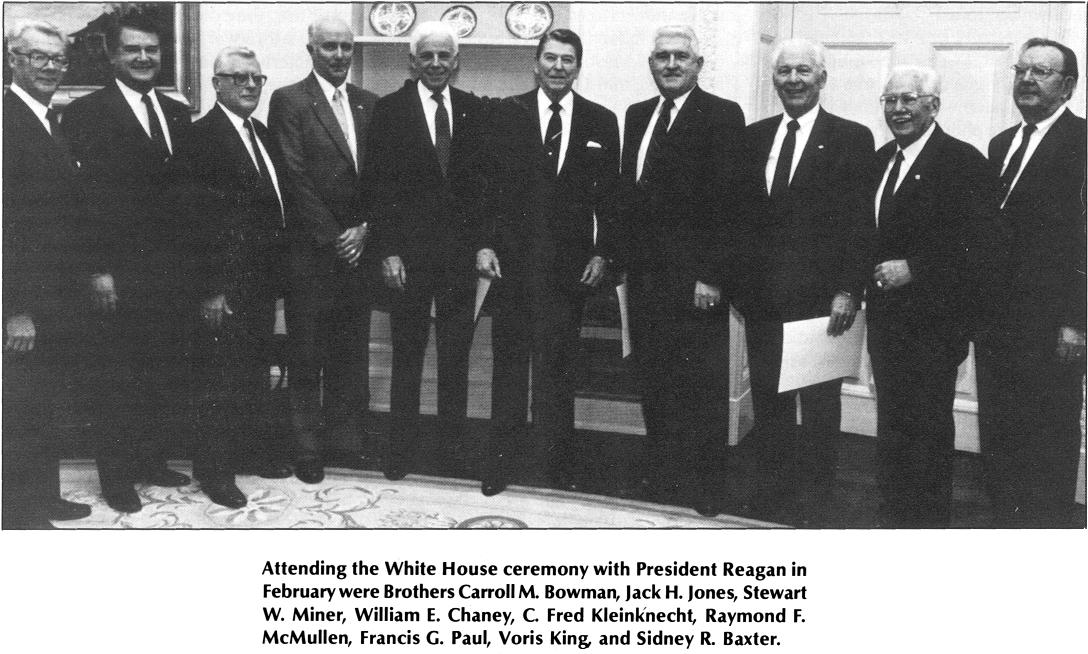
Among the Masons present with Reagan were Brothers Raymond F. McMullen (Grand Master of Masons of the District of Columbia), Stewart W. Miner, PGM (Grand Secretary of the Grand Lodge of the District of Columbia), William E. Chaney, Jr. (Grand Marshal of the Grand Lodge of the District of Columbia), Francis S. Paul (Sovereign Grand Commander of the Scottish Rite, Northern Masonic Jurisdiction), Sidney R. Baxter (Assistant to the Sovereign Grand Commander, Northern Masonic Jurisdiction, A.A.S.R.), Ill. C. Fred Kleinknecht (Sovereign Grand Commander of the Scottish Rite, Southern Jurisdiction), Carroll M. Bowman (Assistant Grand Secretary General, Southern Jurisdiction, A.A.S.R.), Ill. Voris King (Imperial Potentate of the A.A.O.N.M.S. of North America) and Jack H. Jones (Imperial Recorder, A.A.O.N.M.S. (Shrine) of North America.
The Grand Master of D.C. presented President Reagan with a “Certificate of Honor,” which said that President Reagan’s life was a testament to his firm belief in brotherly love, relief, and truth, and his service to the public has broadened the applications of temperance, fortitude, prudence, and justice to the benefit of all mankind. This Certificate further said that in recognition of President Reagan’s efforts to promote good will and understanding throughout the world, this certificate was issued to him by the Grand Master of D.C. on February 11, 1988. A complete copy of the Certificate is printed at page 67 of the 1988 D.C. Proceedings.(Source: Bessel.org)
Here is an excerpt from “One Simple Idea: How Positive Thinking Reshaped Modern Life” in the 2014 Salon article; “Ronald Reagan often spoke of America’s divine purpose and of a mysterious plan behind the nation’s founding. “You can call it mysticism if you want to,” he told the Conservative Political Action Conference in 1974, “but I have always believed that there was some divine plan that placed this great continent between two oceans to be sought out by those who were possessed of an abiding love of freedom and a special kind of courage.” These were remarks to which Reagan often returned. He repeated them almost verbatim as president before a television audience of millions for the Statue of Liberty centenary on July 4, 1986.
When touching on such themes, Reagan echoed the work, and sometimes the phrasing, of occult scholar Manly P. Hall.
From the dawn of Hall’s career in the early 1920s until his death in 1990, the Los Angeles teacher wrote about America’s “secret destiny.” The United States, in Hall’s view, was a society that had been planned and founded by secret esoteric orders to spread enlightenment and liberty to the world.
In 1928, Hall attained underground fame when, at the remarkably young age of twenty-seven, he published “The Secret Teachings of All Ages,” a massive codex to the mystical and esoteric philosophies of antiquity. Exploring subjects from Native American mythology to Pythagorean mathematics to the geometry of ancient Egypt, this encyclopedia arcana remains the unparalleled guidebook to ancient symbols and esoteric thought. “The Secret Teachings” won the admiration of figures ranging from General John Pershing to Elvis Presley. Novelist Dan Brown cites it as a key source.
After publishing his “Great Book,” Hall spent the rest of his life lecturing and writing within the walls of his Egypto-art deco campus, the Philosophical Research Society, in L.A.’s Griffith Park neighborhood. Hall called the place a “mystery school” in the mold of Pythagoras’s ancient academy.
It was there in 1944 that the occult thinker produced a short work, one little known beyond his immediate circle. This book, “The Secret Destiny of America,” evidently caught the eye of Reagan, then a middling movie actor gravitating toward politics.
Hall’s concise volume described how America was the product of a “Great Plan” for religious liberty and self-governance, launched by a hidden order of ancient philosophers and secret societies. In one chapter, Hall described a rousing speech delivered by a mysterious “unknown speaker” before the signing of the Declaration of Independence. The “strange man,” wrote Hall, invisibly entered and exited the locked doors of the statehouse in Philadelphia on July 4, 1776, delivering an oration that bolstered the wavering spirits of the delegates. “God has given America to be free!” commanded the mysterious speaker, urging the men to overcome their fears of being hanged or beheaded, and to seal destiny by signing the great document. Newly emboldened, the delegates rushed forward to add their names. They looked to thank the stranger only to discover that he had vanished from the locked room. Was this, Hall wondered, “one of the agents of the secret Order, guarding and directing the destiny of America?”
At a 1957 commencement address at his alma mater Eureka College, Reagan, then a corporate spokesman for General Electric, sought to inspire students with this leaf from occult history. “This is a land of destiny,” Reagan said, “and our forefathers found their way here by some Divine system of selective service gathered here to fulfill a mission to advance man a further step in his climb from the swamps.” Reagan then retold (without naming a source) the tale of Hall’s unknown speaker. “When they turned to thank the speaker for his timely words,” Reagan concluded, “he couldn’t be found and to this day no one knows who he was or how he entered or left the guarded room.” Reagan revived the story in 1981, when Parade magazine asked the president for a personal essay on what July 4 meant to him. Presidential aide Michael Deaver delivered the piece with a note saying, “This Fourth of July message is the president’s own words and written initially in the president’s hand,” on a yellow pad at Camp David. Reagan retold the legend of the unknown speaker—this time using language very close to Hall’s own: “When they turned to thank him for his timely oratory, he was not to be found, nor could any be found who knew who he was or how he had come in or gone out through the locked and guarded doors.”
Where did Hall uncover the tale that inspired a president? The episode originated as “The Speech of the Unknown” in a collection of folkloric stories about America’s founding, published in 1847 under the title “Washington and His Generals, or Legends of the Revolution” by American social reformer and muckraker George Lippard. Lippard, a friend of Edgar Allan Poe, had a strong taste for the gothic—he cloaked his mystery man in a “dark robe.” He also tacitly acknowledged inventing the story: “The name of the Orator . . . is not definitely known. In this speech, it is my wish to compress some portion of the fiery eloquence of the time.”
For his part, Hall seemed to know almost nothing about the story’s point of origin. He had been given a copy of the “Speech of the Unknown” by a since-deceased secretary of the occult Theosophical Society, but with no bibliographical information other than its being from a “rare old volume of early American political speeches.” The speech appeared in 1938 in the Society’s journal, The Theosophist, with the sole note that it was “published in a rare volume of addresses, and known probably to only one in a million, even of American citizens.”

Moe is the founder of GnosticWarrior.com. He is a father, husband, author, martial arts black belt, and an expert in Gnosticism, the occult, and esotericism.

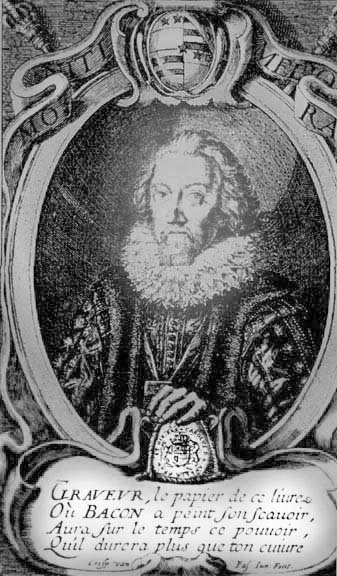
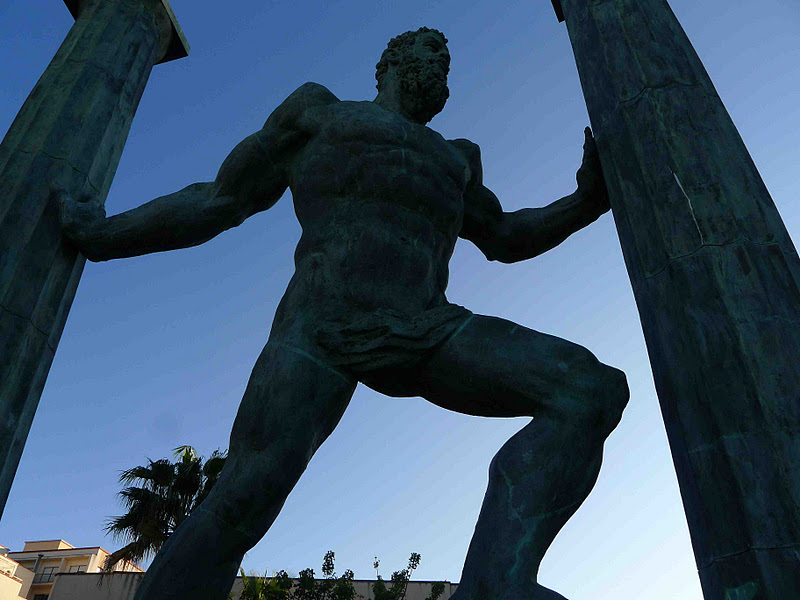
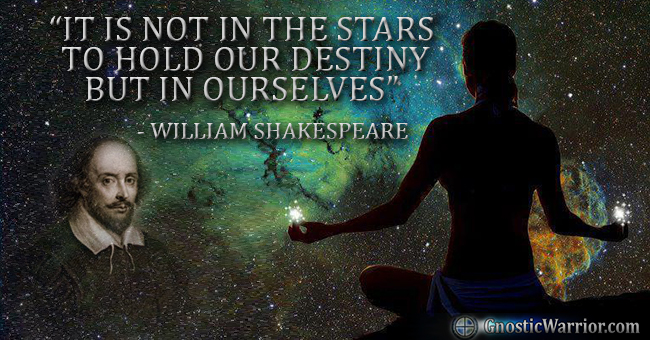

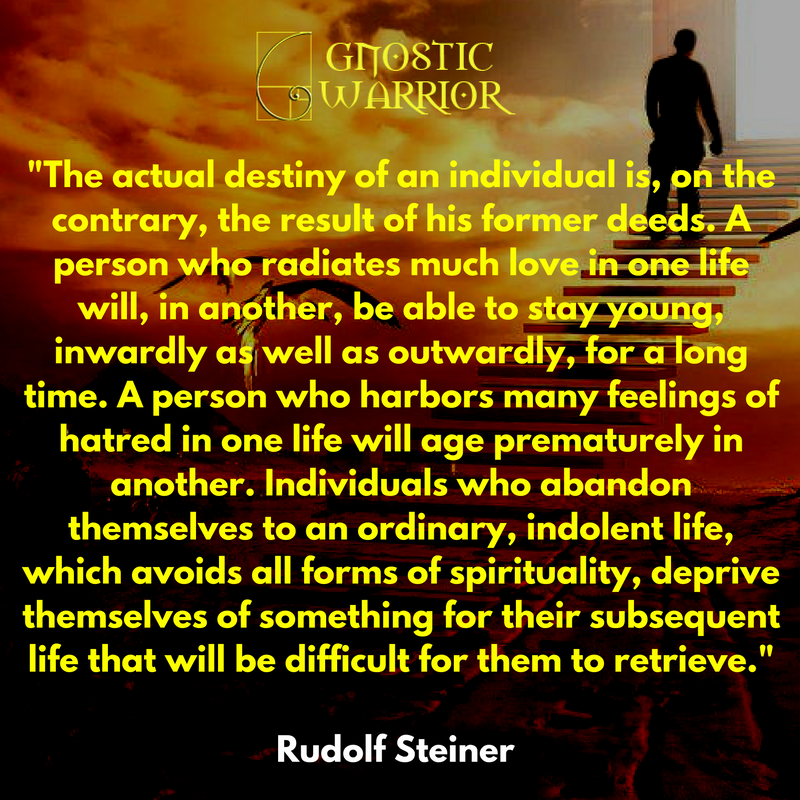
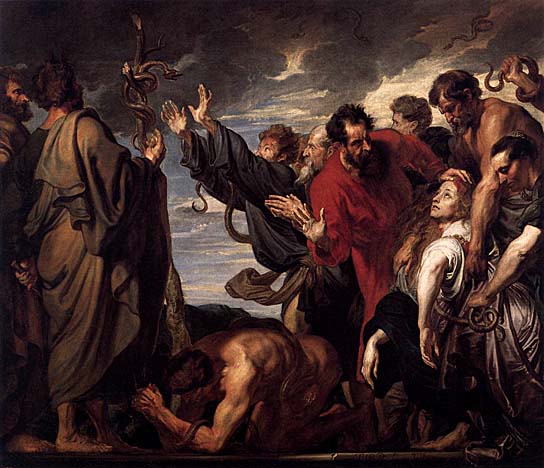
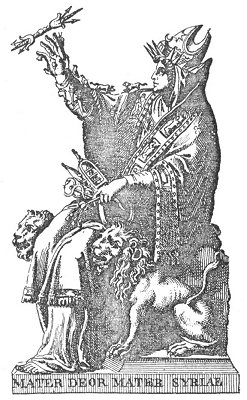
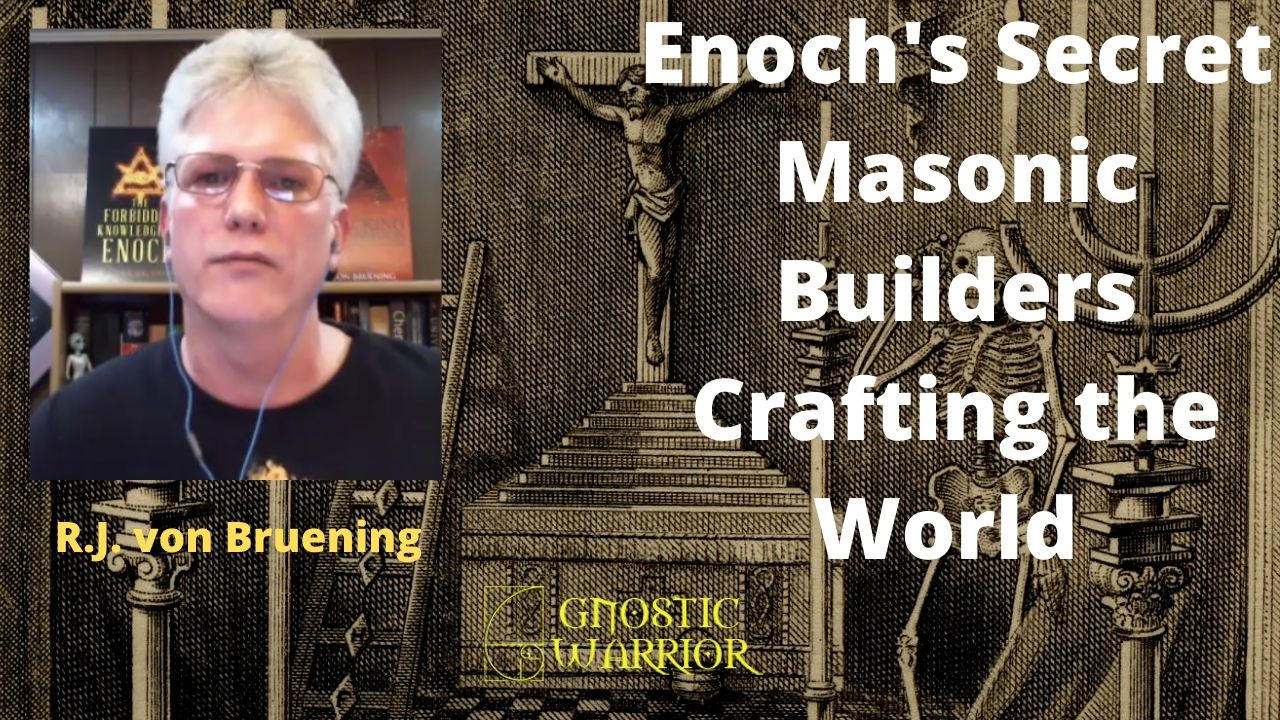
IT WASupose²b SANCTUS GERMANUS THE WONDERMAN OF EUROPE.. az dictated² elizabeth clare wulf prophet coFoundr ov SLH and CUT based in Montana btween83-85..